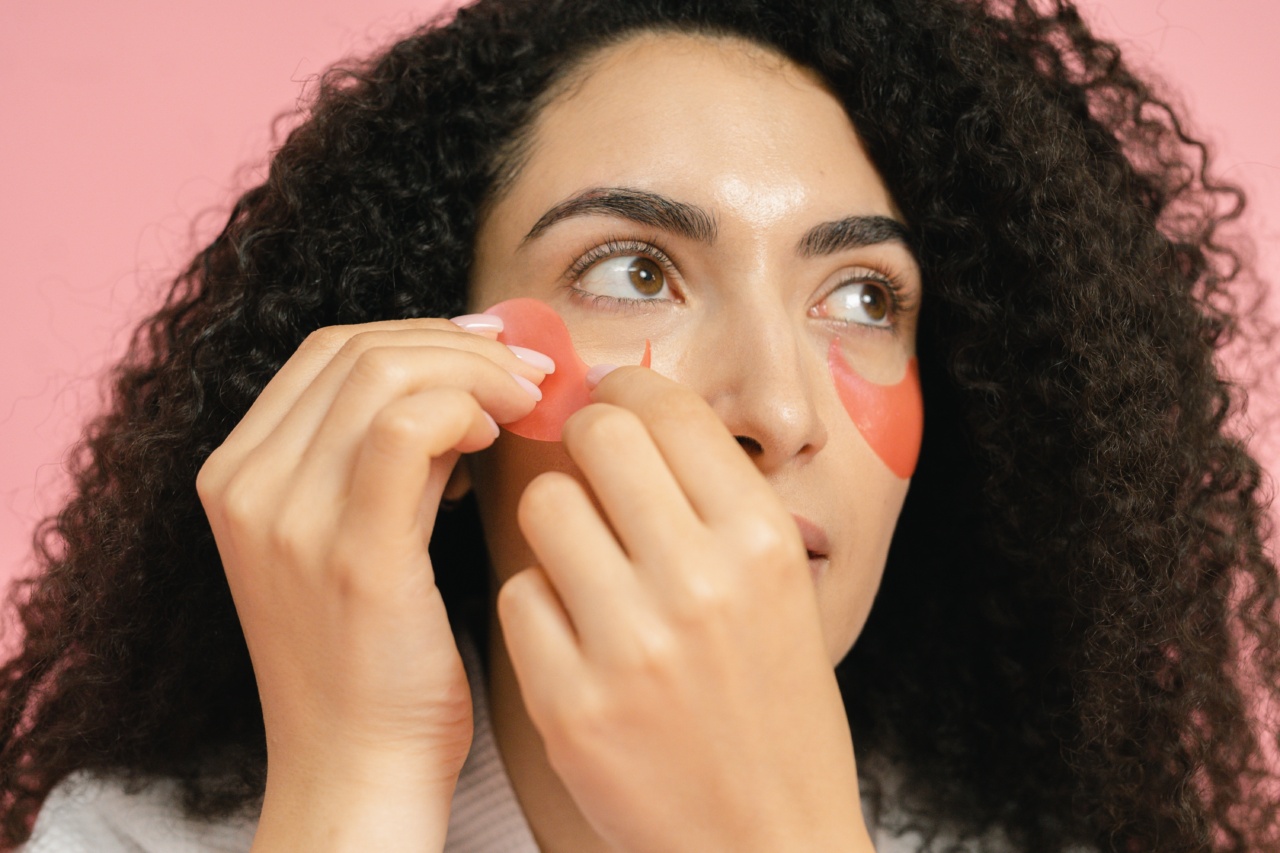Red or pink eye, also known as conjunctivitis, is a common condition in children. It occurs when the conjunctiva, a thin membrane covering the white part of the eye and the inner eyelid, becomes inflamed or infected.
This condition can be caused by a variety of factors such as viruses, bacterial infections, irritants, and allergies.
1. Viral Infections
Viral infections are the most common cause of red or pink eye in kids. A viral infection can lead to a cold, flu, or other respiratory illness and can affect the eyes.
Some of the common viruses that can cause pink eye include adenovirus, herpes virus, and varicella-zoster virus. Viral conjunctivitis usually starts in one eye and spreads to the other eye within a few days. It can also cause watery discharge, itching, and sensitivity to light.
2. Bacterial Infections
Bacterial infections can also cause red or pink eye in kids. The most common bacteria that cause conjunctivitis include Staphylococcus aureus, Streptococcus pneumoniae, and Haemophilus influenzae.
Bacterial conjunctivitis usually starts in one eye and can spread to the other eye. It causes yellow or green discharge, swelling, and redness of the eyelids.
3. Irritants
Irritants such as air pollution, smoke, chemicals, and chlorine in swimming pools can cause red or pink eye. These irritants can damage the conjunctiva, leading to inflammation and redness of the eye.
Kids who wear contact lenses are also at risk of getting red or pink eye if they do not take proper care of their lenses.
4. Allergies
Allergies can cause red or pink eye in kids, especially during allergy season or when exposed to allergens such as pollen, dust mites, or pet dander.
Allergic conjunctivitis usually affects both eyes and can cause itching, burning, and swelling of the eyelids. It can also cause watery discharge and sensitivity to light.
5. Newborn Conjunctivitis
Newborn conjunctivitis is a type of infection that affects newborns within the first month of life. It can be caused by a blocked tear duct, bacteria, or viruses transmitted during delivery.
Newborn conjunctivitis causes redness, swelling, and discharge from the eyes.
6. Trauma
Trauma to the eye can cause red or pink eye in kids. This can include scratches, blows to the eye, or foreign objects in the eye. Trauma can cause inflammation and irritation of the eye, leading to redness and pain.
7. Pink Eye from Contact
Pinkeye, or contagious conjunctivitis, is caused by an infection from a virus or bacteria. This infection is easily spread from one person to another by touching or sharing items.
8. Chemicals or Other Eye Irritants
Chemicals such as chlorine and other cleaning agents can irritate a child’s eyes, causing them to become red and inflamed. When chemicals come into contact with the eye, it can cause severe damage to the cornea.
Other eye irritants, like too much sunlight or smoke, can also cause temporary irritation in the eyes.
9. Seasonal Allergies
Seasonal allergies, or hay fever, can cause red or pink eye in children. This type of conjunctivitis is often accompanied by other allergy symptoms like sneezing and itching.
10. Dry Eye
If a child has dry eyes, their eyes will feel irritated and may turn red or pink. When eyes are dry, they don’t produce the necessary amount of tears needed to keep the eye moist.
Dry eye can be caused by a variety of factors, including allergies, hormonal changes, and certain medications.
Conclusion
Red or pink eye in kids can be caused by a variety of factors, including viruses, bacterial infections, irritants, allergies, trauma, dry eye, and newborn conjunctivitis.
Understanding the cause of conjunctivitis can help parents take steps to prevent it and seek appropriate treatment if necessary. Parents should always contact their child’s healthcare provider if they have questions or concerns about their child’s health.






























